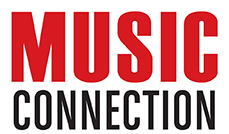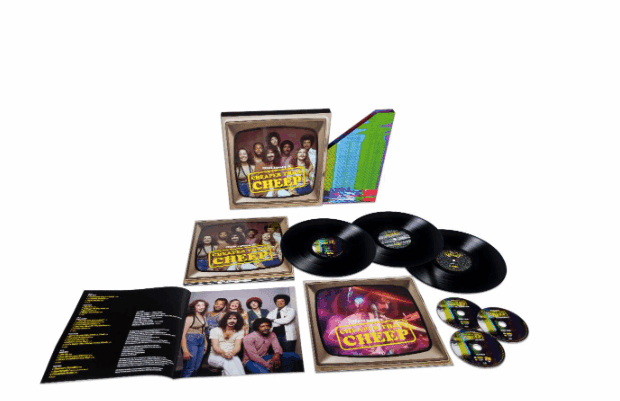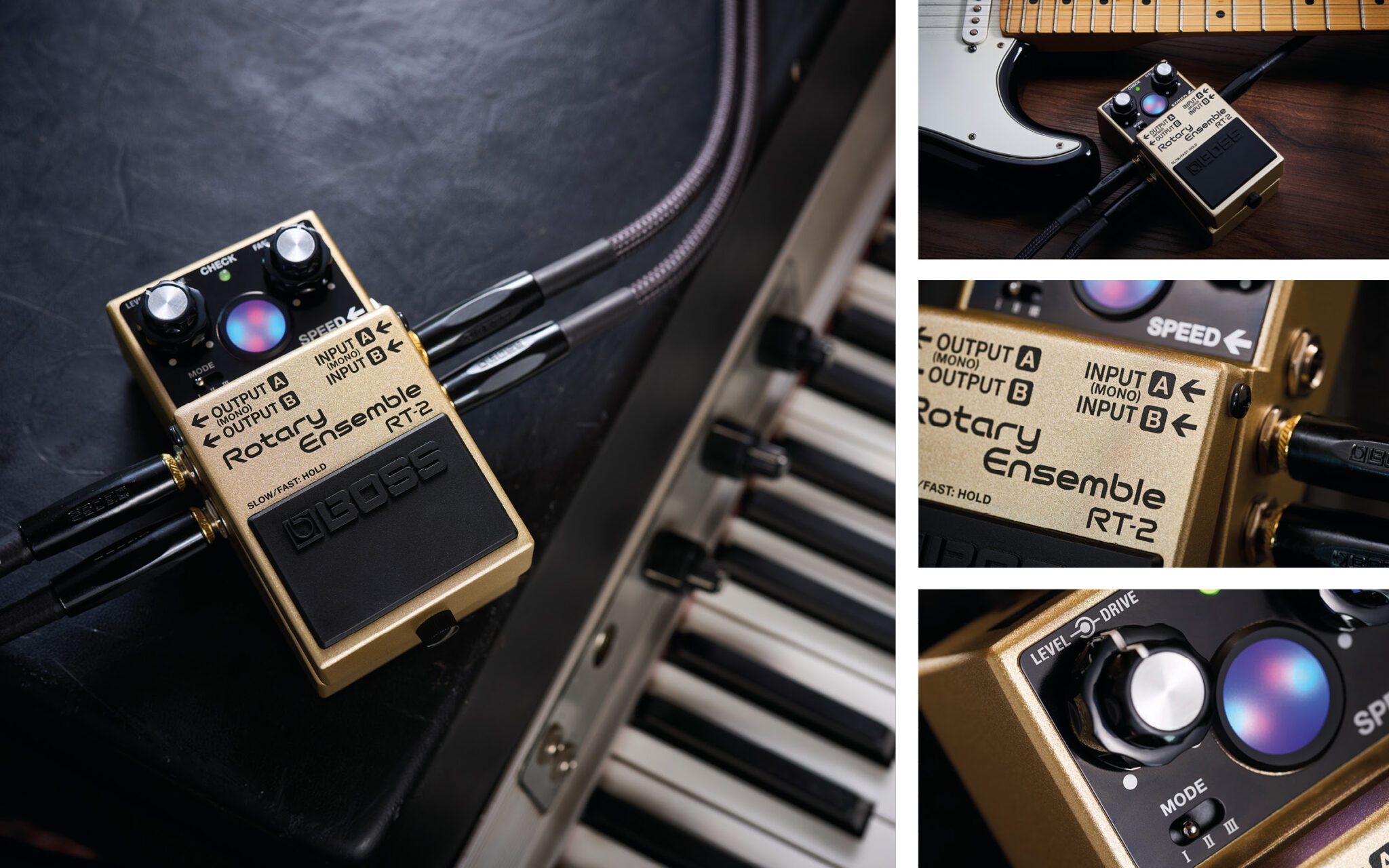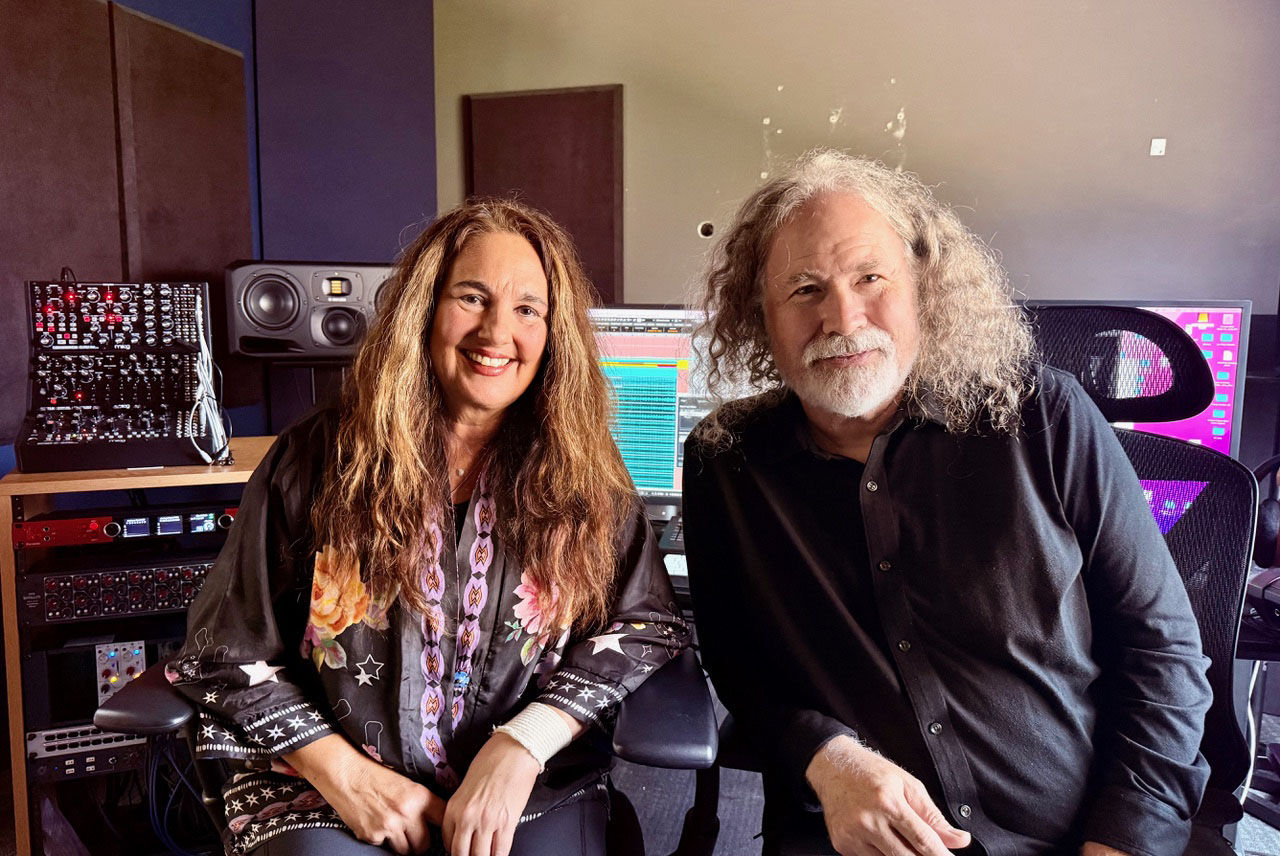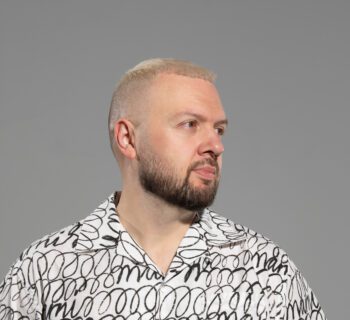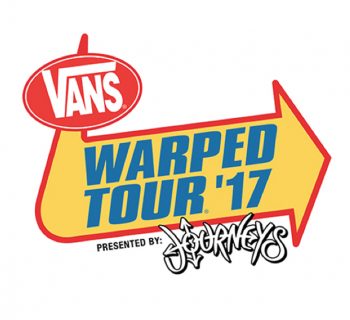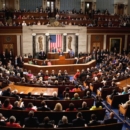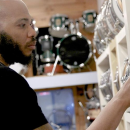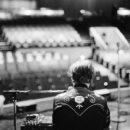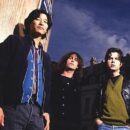Cheaper Than Cheep, a never-before-seen concert film by Frank Zappa and The Mothers of Invention, filmed in their Hollywood rehearsal space on June 21, 1974, was released June 27 via Zappa Records/UMe.
Cheaper Than Cheep was directed and produced by Ahmet Zappa and produced by Frank Zappa and Zappa Vaultmeister Joe Travers. The project was a labor of love for Ahmet who has a special connection to this period of his father’s music, having been born just a month prior.
Zappa/UMe supplied me a quote from Frank Zappa on their product.
“Ladies and gentlemen, we’d like to welcome you to the world’s cheapest television special, which is being manufactured for your edification right here in the midst of our Mothers of Invention rehearsal hall at 5831 Sunset Blvd., Hollywood, California. Can you all turn around and look at each other so everybody who’s watching this can tell where we are and what the inside of this place really looks like. As you can see it’s cheaper than cheap.”
– Frank Zappa, June 21, 1974
“For most of my life, Freak Out! and We’re Only In It For the Money have been my go-to albums for introducing friends to Frank Zappa’s genius,” enthused writer, poet and deejay, Dr. James Cushing.
“Today, Cheaper than Cheep makes it a triple. The two-hour Blu-ray of the never-before-seen 1974 TV special and the double-CD of the music played during the show presents Frank Zappa leading an amazing band, including George Duke, Chester Thompson, and Ruth Underwood, presenting music full of all the melodic complexity and grouchy humor he became famous for. We see Frank’s effortless authority as he directs the group onstage, plays astonishing guitar, talks with Cal Schenkel, and encourages Napoleon Murphy Brock to go deeply into his dance routines. We see Ruth Underwood play a marimba solo on ‘RDNZL’ — her hands move so fast, they become a blur.”
On the first day of summer, June 21, 1974, Zappa and his band, the Mothers of Invention, invited a small audience to their humble rehearsal hall on Sunset Blvd. in Hollywood, Calif., for what would be an intoxicating, sweat-drenched two-hour-plus performance. A small film crew equipped with multiple cameras captured every riveting musical moment while the audio was recorded by a mobile recording truck. Unfortunately, when Zappa watched the footage, he was devastated to learn, that similar to his Roxy project before it, the audio and video weren’t synchronized. Two months later, Zappa would team up with the Los Angeles-based PBS station KCET and get the sought-after TV special he wanted, later released commercially as The Dub Room Special. As a result, the June concert that he planned to shop to major TV networks was shelved, never to be revisited by Zappa in his lifetime. It languished in The Vault for more than five decades.
Now, more than 50 years after that summer night in 1974, thanks to advancements in post-production editing tools, we can experience the concert. Dubbed Cheaper Than Cheep, this never-before-heard-or-seen two-hour concert program reveals the most intimate performance ever captured from the 1974 Mothers lineup, direct from the resurrected and restored original audio and videotape masters housed in The Vault.
History proves Zappa’s lineups were ever evolving as members came and went based on The Maestros needs and ever-changing musical direction, and this incarnation of The Mothers of Invention was no exception. Personnel had expanded for a 10 Year Anniversary Tour in March and by June the band had downsized. The lineup, which consisted of Zappa (guitar, vocals), Chester Thompson (drums), George Duke (keyboards, vocals), Jeff Simmons (guitar, vocals), Napoleon Murphy Brock (tenor sax, flute, vocals), Ruth Underwood (percussion) and Tom Fowler (bass), were still finding their groove together and Underwood, who left for several months due to personal reasons, which she beautifully writes about in her essay in the package booklet, was re-familiarizing herself with the complex material.
"My enthusiasm for Zappa's music waxes and wanes depending upon which platoon has been recruited to carry out the Commandant's orders,” offered author and musician Kenneth Kubernik.
“He hit paydirt with June, 1974's dirty septet, a whip-cracking ensemble of some of his most gifted subordinates. Cheaper Than Cheep finds them zigging and zagging through some of Frank's most beguiling charts, sticking the landings like the Allies at Anzio. Mostly instrumentals, the band navigates the wickedly entangled rhythmic components - 'RDNZL,' yeow! - with the alacrity of a schoolgirl hopscotch. Lieutenants George Duke and Ruth Underwood deploy their unique talents throughout; bassist Tom Fowler and newcomer, drummer Chester Thompson, provide a musky groove, leaving Zappa et al to fire at will. Hill taken." (Fun fact: It was Thompson's work with Zappa that compelled Phil Collins to ask him to join Genesis.)”
“Cheaper Than Cheep documents the second of three attempts that FZ made during 1973-1974 to visually record his music as played by one of his greatest bands,” explained Zappa collector/scholar, Alan Watts.
“The first attempt was the famous Roxy shows in December 1973, a landmark extravaganza that was finally released in 2016 after years of digital wizardry and fan clamoring. The Cheaper event in June 1974, like the Roxy shows, never made it to release at the time because of the overwhelming technical problems of synching the audio and video recordings, and so it was lost until recently in the depths of The Vault. Only his third attempt—A Token of his Extreme, recorded in the KCET Studios in August 1974—overcame these technical difficulties. But because FZ couldn’t gather sufficient commercial interest, this successfully recorded show wasn’t commercially released until 2013.
“Cheaper Than Cheep therefore completes this movie trilogy of what many consider to be FZ’s greatest band. Once 1974 was over FZ didn’t gather a similarly applauded band until 1978. Those two bands (73/74 and 78) remain to this day at the peak of fan appreciation.
“The genesis of Cheaper Than Cheep can be found in early 1973 with the band that FZ formed after the second of the two Wazoo combos folded during the previous December. These two bands—the Grand and Petit Wazoo—marked FZ’s return to composing and performing as he recovered from being assaulted in London’s Rainbow Theatre in December 1971. Although the Wazoos were large ensembles (the Grand Wazoo had about 20 musicians) and so were different beasts from the more streamlined 73/74 bands, they were the laboratories for the sometimes ridiculously complex and dissonant compositions that FZ was experimenting with, and which eventually developed into some of the musical extravaganzas seen on Cheaper: ‘T’Mershi Duween,’ ‘RDNZL,’ ‘Dupree’s Paradise.’ Other 1972 tunes became fan favorites into 1974 and beyond: ‘Montana,’ ‘Cosmik Debris,’ ‘Don’t You Ever Wash That Thing?’
“The Rainbow assault left FZ with—amongst other things—a crushed larynx that meant his vocal abilities were mostly limited to ‘talking lyrics. Because he alone couldn’t continue the vocal virtuosities that Flo and Eddie provided through 1971, the 1972 and the spring and summer 1973 bands were strongly instrumental.
“Although FZ had tried out a few vocalist options during the Spring of 1973, including himself, George Duke, and Kin Vassy (who apparently was fired after a show at Ohio State University because of an extortionate bar tab), the lack of a seriously capable vocalist limited what FZ could do with the new compositions he was trying out.
“The problem was solved with the game-changing addition of Napoleon Murphy-Brock to the combo in late 1973. Apparently, FZ first heard him at a club in Honolulu as the band made their way to Australia for a tour. N-MB’s first gig was at the end of October 1973 at the Armadillo World Headquarters in Austin, TX, the same venue where Bongo Fury was recorded two years later. Now for the first time since Flo and Eddie FZ had a decent vocalist. Not only that, but NM-B was also an accomplished tenor sax player and a natural showman.
“The relentless touring during this time (over 200 shows on three continents during 1973 and 1974) meant that by the time FZ had added NM-B, completed the Roxy shows, and then headed into 1974, the band—with a few ins, outs, and back ins again, most notably Ruth Underwood for the Cheaper than Cheep date and the following tour—were about to reach their peak with an astonishing blend of musicality, virtuosity, and performance theater. Not least of these progressions was the flowering of FZ from a great guitarist to a true master, which is clearly evident on Cheaper than Cheap, and a skill that only continued to flourish during the rest of the 1970s.
“FZ now had a band that was not only sufficiently talented and disciplined to play his complex and challenging compositions, but was also one that was highly entertaining as a stage show, something the previous post-Rainbow shows lacked. This is clearly evident in the Spring of 1974 tracks on Roxy and Elsewhere, but also in the 1974 Denver and Dayton shows recently released in the 50th anniversary Apostrophe’ set, where the whole band is enjoying interacting with themselves and audiences with lots of humor and banter. Placed together with the other live recordings from this period, Cheaper than Cheep offers an invaluable and incredibly welcome take on this peak period of FZ’s output; a time when creativity in music thrived in a different world from that of today.
“Wow! I’m lost for words after watching the video! The music alone is fantastic, but to see the whole band working full tilt under FZ’s direction is just jaw-dropping, particularly George Duke (who, AFAIK, has not previously been seen this prominently with FZ), Ruth Underwood, and of course Napoleon Murphy Brock. Since Frank’s death in 1993 the Zappa Family Trust and now UMG, have released almost 70 albums. I would place CtC in the top five of these. Not only because the quality of the performance is stellar from one of Frank’s best bands, but also because the video shows that it was exactly how the audience heard and saw it; no overdubs, no tweaks or tweezing by FZ. I guess that came about because FZ quickly dumped it deep in the vault when the audio and video were deemed unsyncable. Only a few of the posthumous albums released on the VAULTernative label have been straight live recordings, which is the type of release that many fans have craved. The music on CtC—having come out of nowhere for most fans—now easily sits well with the best of these live recordings. But the video uniquely adds that extra dimension.”
“What I love about Zappa is the way he connects to the pre-Beatle world of American bohemianism,” observed writer and novelist Daniel Weizmann.
“Even long after he became the reluctant king of hippiedom, Zappa always struck me as a beatnik at heart, with that same Mad [magazine] trickster spirit of Lenny Bruce, Russ Meyers, early Bukowski, Venice cats like Lawrence Lipton and Stuart Z. Perkoff, and the whole crosshatch of subcultures that were just under the surface in Cali ’59 to ’63—bikers, surfers, poets, bongo-heads all pulling for exotica, for erotica, for something else—‘the left behinds of the Great So-ci-e-ty!’ “His trip was never just about music, no way. Zappa was a straight-up tummler—the Yiddish word for soup spoon—a stirrer of pots.”
